Home>Gardening & Outdoor>Outdoor Recreation & Activities>How To Draw A Swimming Pool


Outdoor Recreation & Activities
How To Draw A Swimming Pool
Modified: August 17, 2024
Learn how to draw a swimming pool with our step-by-step guide. Perfect for outdoor recreation and activities enthusiasts. Master the art of drawing a realistic swimming pool today!
(Many of the links in this article redirect to a specific reviewed product. Your purchase of these products through affiliate links helps to generate commission for Storables.com, at no extra cost. Learn more)
Introduction
Drawing a swimming pool can be a delightful and rewarding experience, allowing you to capture the serene beauty of a refreshing oasis on paper. Whether you're an aspiring artist or simply looking to explore your creative side, creating a lifelike swimming pool illustration can be a fulfilling endeavor. This step-by-step guide will walk you through the process of drawing a stunning swimming pool, from sketching the basic shape to adding intricate details and reflections. By the end of this tutorial, you'll have the skills to bring a tranquil swimming pool scene to life on your canvas.
Capturing the essence of a swimming pool on paper requires attention to detail and a keen eye for perspective. From the shimmering water to the surrounding elements, each component plays a crucial role in conveying the tranquil ambiance of a pool setting. Whether you're drawing for relaxation, honing your artistic abilities, or seeking to add a touch of summer vibes to your artwork, mastering the art of drawing a swimming pool opens up a world of creative possibilities.
So, gather your drawing materials and prepare to embark on a journey to create a captivating swimming pool illustration. With a bit of patience, creativity, and the guidance provided in this tutorial, you'll soon be able to craft a picturesque swimming pool scene that exudes tranquility and charm. Let's dive in and explore the step-by-step process of bringing a stunning swimming pool to life on paper.
Key Takeaways:
- Dive into the art of drawing a swimming pool to create a serene oasis on paper. From sketching the basic shape to adding intricate details and reflections, unleash your creativity to bring the pool scene to life.
- Gather your drawing materials and embark on a journey to craft a picturesque swimming pool scene. Infuse tranquility and charm into your artwork by adding water, reflections, surroundings, and final touches.
Read more: How To Empty A Swimming Pool
Materials Needed
To embark on the artistic journey of drawing a captivating swimming pool, you'll need a few essential materials to bring your vision to life. Here's a comprehensive list of the materials that will aid you in creating a lifelike and enchanting swimming pool illustration:
-
Drawing Paper: Select a high-quality drawing paper that is suitable for your preferred drawing medium, such as pencil, colored pencils, or markers. The paper should have a smooth texture to allow for precise detailing and shading.
-
Drawing Pencils: Invest in a set of drawing pencils with varying lead hardness, ranging from 2H for light sketching to 6B for darker shading. These pencils will enable you to achieve depth and dimension in your swimming pool illustration.
-
Eraser: A soft, kneaded eraser is essential for correcting mistakes and refining details in your artwork without damaging the paper's surface.
-
Ruler: A transparent ruler or straight edge will aid in creating straight lines and maintaining accurate proportions in your swimming pool drawing.
-
Coloring Medium (Optional): If you plan to add color to your swimming pool illustration, consider using colored pencils, watercolor paints, or markers to infuse vibrancy and realism into your artwork.
-
Blending Tools (Optional): If you opt for colored pencils or pastels, blending tools such as blending stumps or tortillons can help achieve smooth color transitions and realistic textures.
-
Reference Images: Gather reference images of swimming pools to inspire and guide your drawing process. Observing real-life pool settings can provide valuable insights into water reflections, lighting, and architectural details.
-
Inspiration and Creativity: While not a tangible material, a dash of inspiration and a creative mindset are indispensable for infusing your swimming pool illustration with a sense of tranquility and allure.
By assembling these materials, you'll be well-equipped to embark on the artistic endeavor of drawing a captivating swimming pool. With the right tools at your disposal, you can unleash your creativity and bring a serene pool scene to life on paper, capturing the essence of relaxation and beauty in your artwork.
Step 1: Sketching the Basic Shape
The first step in creating a lifelike swimming pool illustration is to lay the foundation by sketching the basic shape of the pool. Begin by envisioning the size and orientation of the pool on your drawing paper. Using a light pencil, such as a 2H or HB, lightly sketch the outline of the pool, ensuring that the proportions and perspective align with your artistic vision.
Consider the placement of the pool within the composition, whether it occupies the center stage or is nestled within a larger scene. Pay attention to the angles and lines that define the edges of the pool, as well as any surrounding elements such as decking, landscaping, or architectural features.
As you sketch the basic shape, focus on capturing the fundamental outline of the pool with clean, smooth lines. A transparent ruler can be a valuable tool for achieving straight edges and maintaining symmetry in the pool's design. Take your time to refine the shape, adjusting the curves and angles as needed to create a visually pleasing and balanced form.
While sketching the basic shape, keep in mind the perspective and vanishing points to convey depth and spatial realism. If your swimming pool illustration includes a vanishing point, use it as a guide to ensure that the pool's dimensions and surrounding elements adhere to a consistent sense of depth and proportion.
Once you are satisfied with the overall shape and placement of the pool, lightly erase any unnecessary construction lines and refine the outline to prepare for the next phase of adding intricate details and depth to your swimming pool illustration.
By meticulously sketching the basic shape of the swimming pool, you establish a solid framework for the rest of the drawing process. This initial step sets the stage for infusing your artwork with depth, perspective, and a sense of realism, laying the groundwork for the captivating swimming pool scene that will unfold as you progress through the subsequent steps.
Step 2: Adding Details
With the foundational shape of the swimming pool sketched onto the paper, it's time to infuse your illustration with intricate details that breathe life into the serene oasis you're creating. Adding details to your swimming pool drawing is a pivotal stage where the scene begins to take on depth, character, and a sense of realism. From the architectural elements of the pool to the surrounding features, each detail contributes to the overall ambiance of the illustration.
Begin by focusing on the structural components of the pool, such as the edges, coping, and any diving boards or ladders. Pay close attention to the proportions and angles of these elements, ensuring that they align harmoniously with the overall shape of the pool. Use a finer pencil, such as an HB or 2B, to define these details with precision, adding depth and dimension to the pool's structure.
Next, shift your attention to the water within the pool. Depicting the water's surface involves capturing its reflective and translucent qualities. Utilize light, gentle strokes to convey the ripples and movement of the water, infusing it with a sense of fluidity and dynamism. Consider the interplay of light and shadow on the water's surface, as well as any distortions caused by the pool's depth, to create a convincing portrayal of the aquatic environment.
As you add details to the pool, consider incorporating surrounding elements such as lounge chairs, umbrellas, or potted plants to enhance the scene's ambiance. These elements contribute to the overall atmosphere of relaxation and leisure, complementing the tranquil allure of the swimming pool setting.
Additionally, if your illustration includes architectural features or landscaping around the pool, take the time to meticulously render these details. Whether it's a stylish poolside cabana, elegant paving stones, or lush greenery, each element adds richness and visual interest to the composition, elevating the overall appeal of the swimming pool scene.
Throughout the process of adding details, maintain a balance between precision and artistic interpretation, allowing your creative vision to guide the embellishment of the swimming pool illustration. By infusing the scene with carefully observed details and artistic flair, you'll bring a captivating swimming pool to life on paper, inviting viewers to immerse themselves in the tranquil beauty of your artwork.
When drawing a swimming pool, start by sketching the basic shape and size. Add details like the ladder, diving board, and surrounding deck. Use shading to create depth and add reflections to the water for a realistic look.
Step 3: Adding Water and Reflections
Adding water and reflections to your swimming pool illustration is a transformative stage that infuses the scene with a sense of movement, luminosity, and visual intrigue. The depiction of water and its reflective properties is a pivotal aspect of capturing the serene ambiance of a pool setting, elevating the overall realism and allure of your artwork.
To begin, focus on rendering the water within the pool with meticulous attention to detail. Utilize varying pencil pressures and shading techniques to convey the transparency and depth of the water. Consider the interplay of light and shadow on the water's surface, using subtle gradations to evoke the shimmering and undulating nature of liquid. By delicately layering graphite or employing gentle strokes of color, you can imbue the water with a captivating sense of fluidity and vitality.
As you render the water, pay close attention to any elements that may be reflected on its surface. Whether it's the surrounding architecture, lush foliage, or the clear blue sky, reflections add a layer of complexity and visual interest to the pool scene. To portray reflections convincingly, observe the angles and perspectives at play, ensuring that the reflected elements align cohesively with their real-world counterparts. Employing soft, blended strokes and subtle tonal variations, recreate the mirrored imagery with precision, capturing the ethereal quality of reflections dancing upon the water's surface.
Furthermore, consider the refraction and distortion that occur as objects are submerged or partially immersed in the water. These optical phenomena contribute to the realism of the scene, underscoring the dynamic interaction between light, water, and the surrounding environment. By skillfully portraying these nuances, you can imbue your swimming pool illustration with a heightened sense of authenticity and visual depth.
Incorporating water and reflections into your artwork requires a delicate balance of observation and artistic interpretation. By infusing the pool scene with the captivating qualities of liquid and light, you'll transport viewers to a tranquil oasis, where the interplay of water and reflections evokes a sense of serenity and enchantment. As you progress through this stage, allow your creativity to flourish, breathing life into the swimming pool illustration and captivating the imagination of those who behold its mesmerizing beauty.
Read more: How To Cover A Swimming Pool
Step 4: Adding Surroundings
As you delve into the pivotal stage of adding surroundings to your swimming pool illustration, you embark on a transformative journey that elevates the entire composition, infusing it with a sense of place, ambiance, and visual richness. The surroundings play a crucial role in shaping the narrative of the pool scene, offering a backdrop that enhances the tranquil allure of the aquatic oasis.
Begin by considering the landscape elements that frame the pool, such as lush greenery, elegant hardscaping, or architectural features. Whether it's a verdant garden, swaying palm trees, or a meticulously designed patio, the surroundings contribute to the overall atmosphere of relaxation and luxury. Pay close attention to the placement and proportions of these elements, ensuring that they harmonize with the pool's design and create a cohesive visual narrative.
Furthermore, if your swimming pool illustration includes a poolside setting, such as lounge chairs, umbrellas, or outdoor furniture, meticulously render these elements to enhance the scene's ambiance. Each detail, from the arrangement of poolside amenities to the play of light and shadow on the surfaces, adds depth and visual interest to the composition, inviting viewers to immerse themselves in the tranquil beauty of the poolside retreat.
Consider the interplay of light and shadow within the surroundings, leveraging shading techniques to convey the nuances of illumination and create a compelling sense of depth. Whether it's dappled sunlight filtering through foliage or the gentle play of shadows on the pool deck, these elements infuse the scene with a captivating sense of atmosphere and realism.
Moreover, if architectural structures, such as a pool house, pergola, or elegant fencing, adorn the pool setting, devote attention to rendering these features with precision and finesse. Pay heed to architectural details, textures, and spatial relationships, ensuring that these elements seamlessly integrate with the overall composition, enriching the visual narrative of the swimming pool scene.
By infusing the surroundings with meticulous attention to detail and artistic flair, you elevate the entire pool illustration, creating a captivating tableau that transports viewers to a serene and inviting oasis. The addition of surroundings not only enhances the visual appeal of the artwork but also imbues it with a sense of narrative depth, inviting viewers to immerse themselves in the tranquil beauty of the poolside retreat.
Step 5: Adding Final Touches
As you approach the culminating stage of your swimming pool illustration, the addition of final touches serves as the defining moment where the scene is imbued with a sense of refinement, cohesion, and visual polish. This pivotal phase allows you to meticulously fine-tune every aspect of the artwork, elevating it to a level of captivating realism and aesthetic allure.
Begin by revisiting the entire composition, paying close attention to the interplay of light and shadow, the coherence of architectural elements, and the overall balance of the scene. Refine the details of the pool structure, ensuring that the edges, contours, and architectural features are rendered with precision and finesse. By refining these foundational elements, you reinforce the structural integrity of the pool, enhancing its visual impact within the composition.
Next, focus on the water within the pool, refining the translucency, reflections, and subtle movements to evoke a heightened sense of fluidity and vitality. Employ delicate shading techniques and nuanced strokes to capture the dynamic nature of water, infusing it with a captivating luminosity and depth. Pay meticulous attention to the reflections and distortions on the water's surface, ensuring that they align harmoniously with the surrounding elements, further enhancing the realism of the pool scene.
Furthermore, consider the surrounding landscape and architectural details, refining the textures, tonal variations, and spatial relationships to create a cohesive and visually engaging backdrop. Whether it's the verdant foliage, the play of light on the poolside amenities, or the architectural nuances, each element should be meticulously honed to enrich the overall ambiance of the swimming pool setting.
As you add the final touches, consider employing subtle enhancements to the overall atmosphere, such as adjusting the tonal values, refining the transitions between light and shadow, and infusing the scene with a heightened sense of depth and tranquility. These nuanced refinements contribute to the overall visual impact of the artwork, elevating it to a level of captivating realism and aesthetic allure.
By devoting attention to the minutiae of the swimming pool illustration and infusing it with meticulous detail and artistic finesse, you bring the scene to a state of consummate refinement, inviting viewers to immerse themselves in the tranquil beauty and allure of the poolside oasis. The final touches serve as the crowning achievement, elevating the artwork to a captivating portrayal of a serene and inviting swimming pool scene.
Conclusion
In conclusion, the process of drawing a captivating swimming pool illustration is a journey that unfolds in five transformative stages, each contributing to the creation of a lifelike and enchanting portrayal of a serene oasis. From sketching the basic shape to infusing the scene with intricate details, water, reflections, surroundings, and final touches, every step plays a pivotal role in bringing the poolside retreat to life on paper.
As the artist, you embark on a creative odyssey, meticulously crafting each element of the swimming pool illustration to evoke a sense of tranquility, luxury, and visual allure. The careful consideration of architectural details, the interplay of light and shadow, and the nuanced rendering of water and reflections converge to create a captivating tableau that invites viewers to immerse themselves in the tranquil beauty of the poolside setting.
Through the artful integration of surroundings, from verdant landscapes to elegant poolside amenities, the swimming pool illustration transcends mere representation, offering a compelling narrative that resonates with a sense of relaxation and leisure. The final touches serve as the crowning achievement, refining every aspect of the artwork to a state of consummate elegance and visual polish.
Ultimately, drawing a swimming pool is not merely a technical exercise but a creative endeavor that invites the artist to infuse the scene with their unique vision and artistic sensibilities. Whether it's the play of light on the water's surface, the meticulous rendering of architectural elements, or the verdant beauty of the surroundings, each detail contributes to the overall ambiance of the illustration, capturing the essence of a tranquil poolside retreat.
As you embark on your artistic journey to draw a swimming pool, remember that the process is as enriching as the final artwork itself. It offers an opportunity to hone your observational skills, refine your rendering techniques, and unleash your creativity to craft a captivating portrayal of a serene and inviting oasis. Whether you're drawing for relaxation, honing your artistic abilities, or seeking to add a touch of summer vibes to your artwork, the art of drawing a swimming pool opens up a world of creative possibilities.
In the end, the swimming pool illustration stands as a testament to the artist's ability to capture the essence of a tranquil oasis, inviting viewers to bask in the allure of a serene and inviting poolside retreat.
Frequently Asked Questions about How To Draw A Swimming Pool
Was this page helpful?
At Storables.com, we guarantee accurate and reliable information. Our content, validated by Expert Board Contributors, is crafted following stringent Editorial Policies. We're committed to providing you with well-researched, expert-backed insights for all your informational needs.
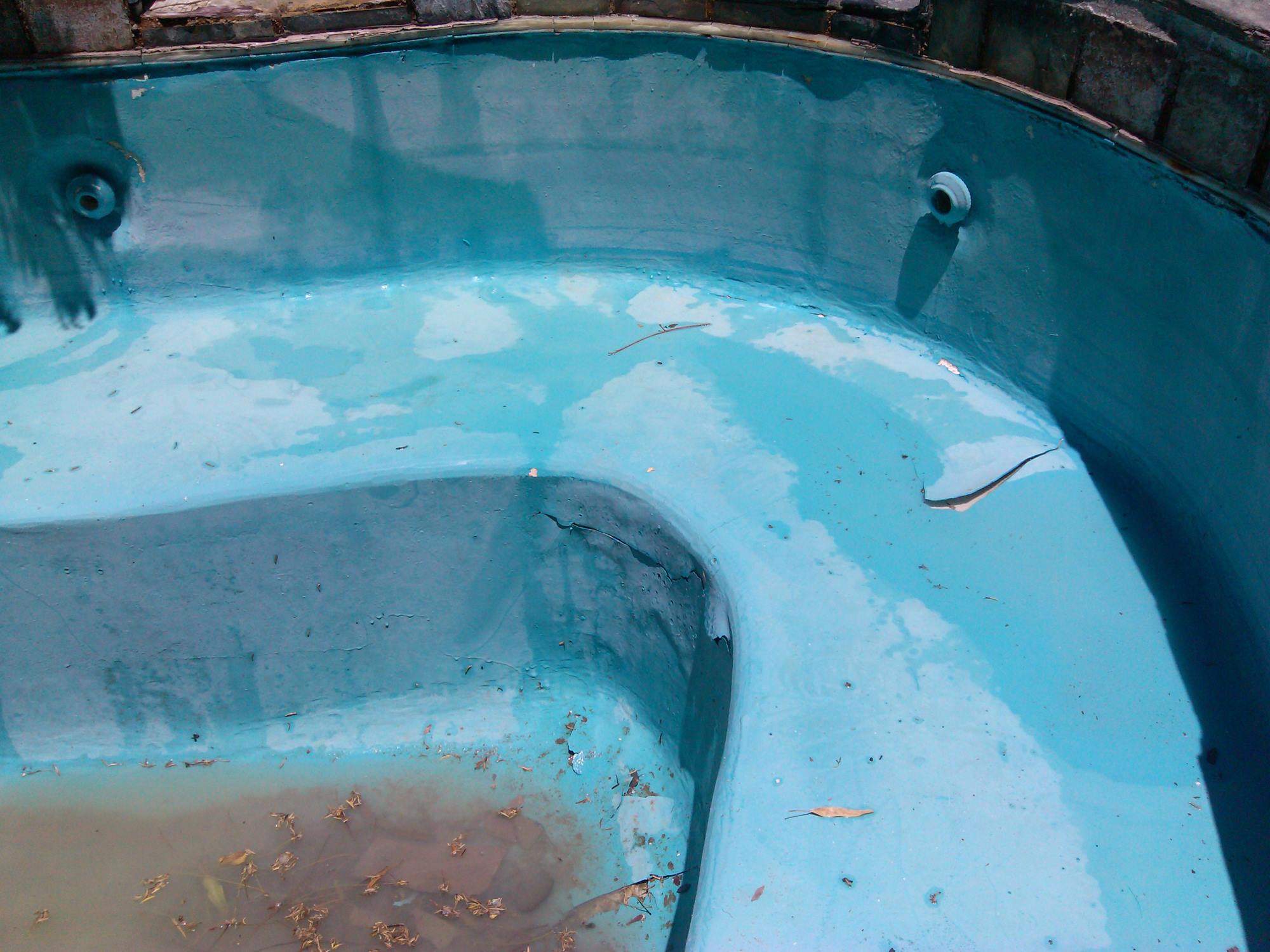
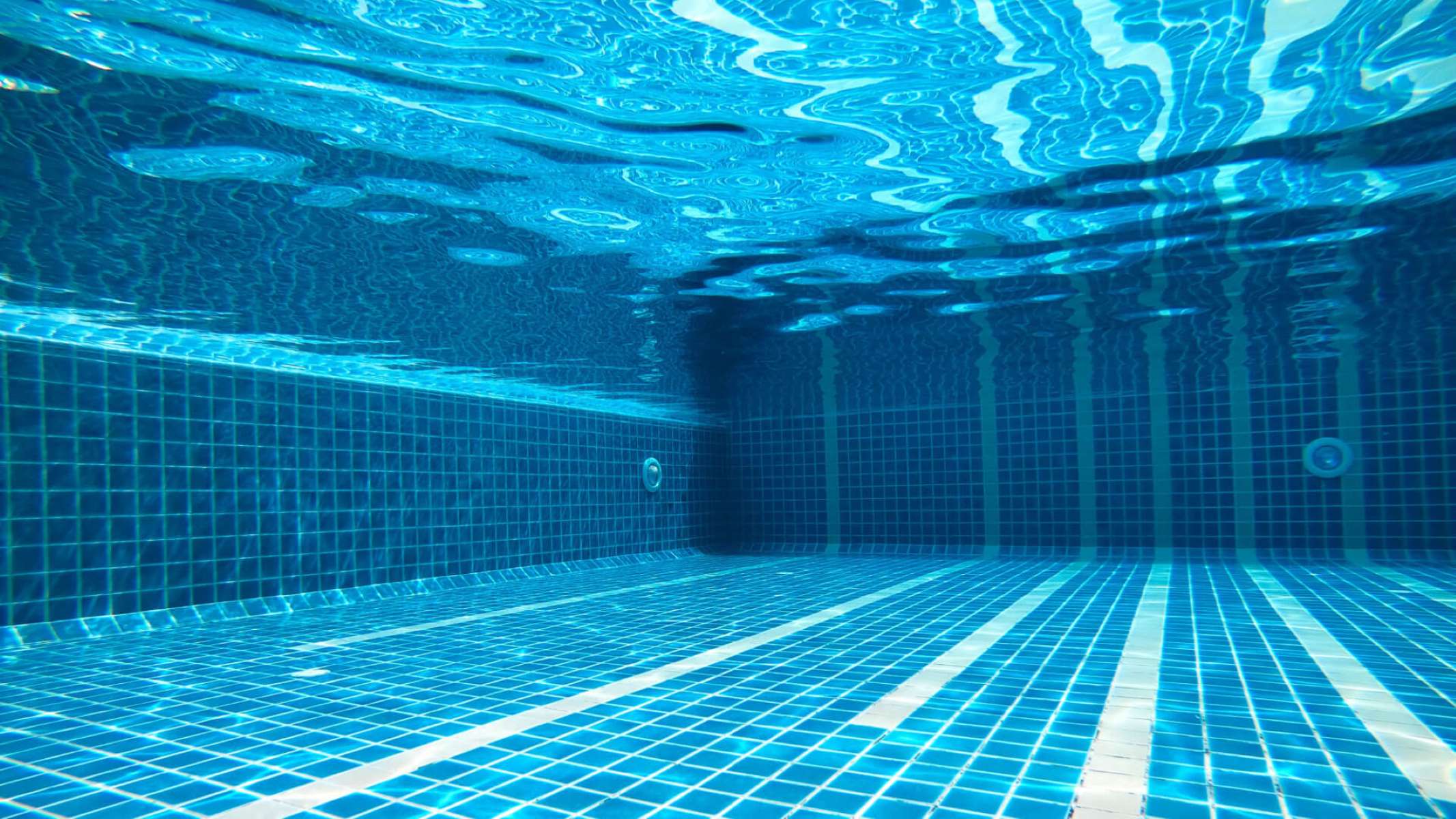
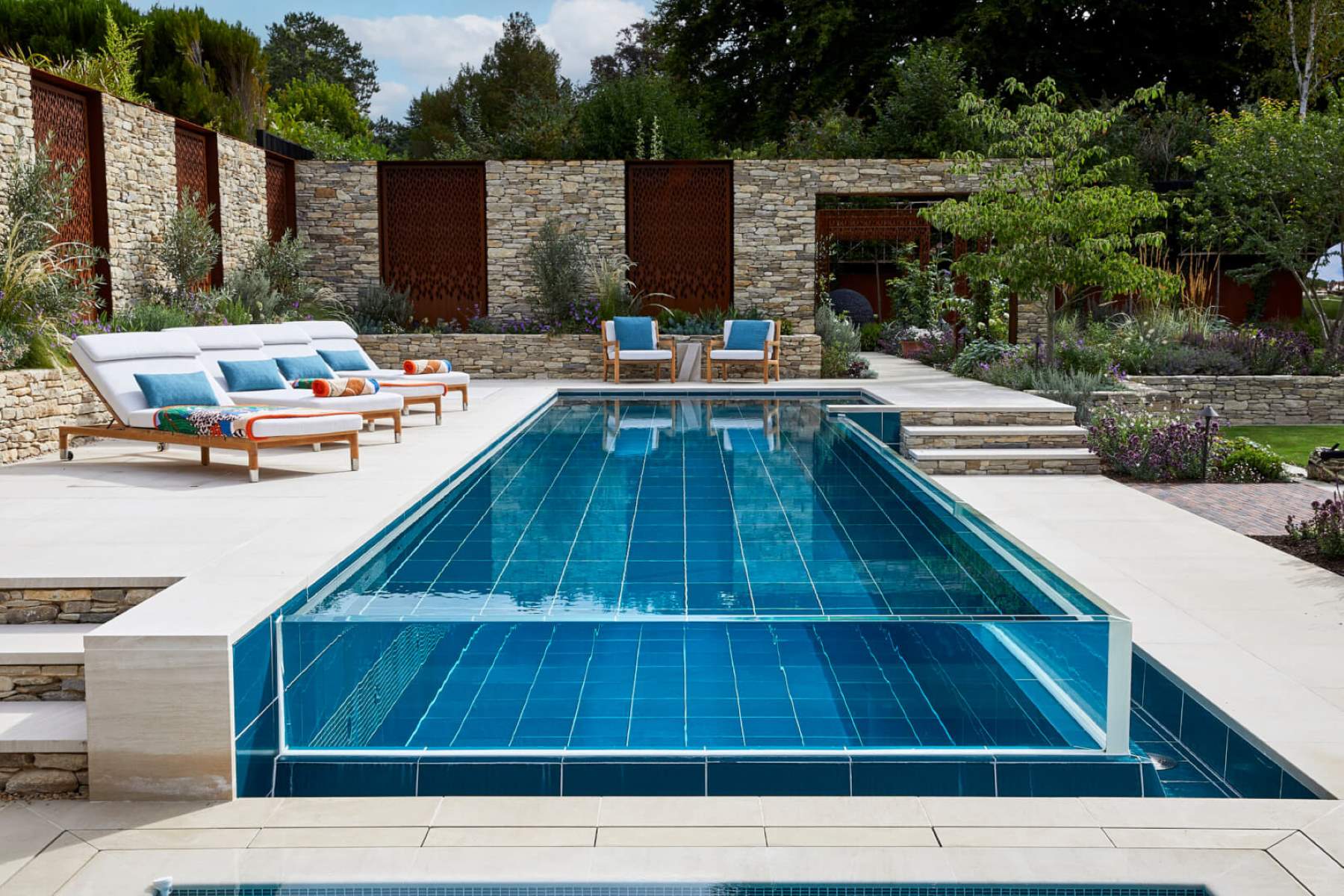
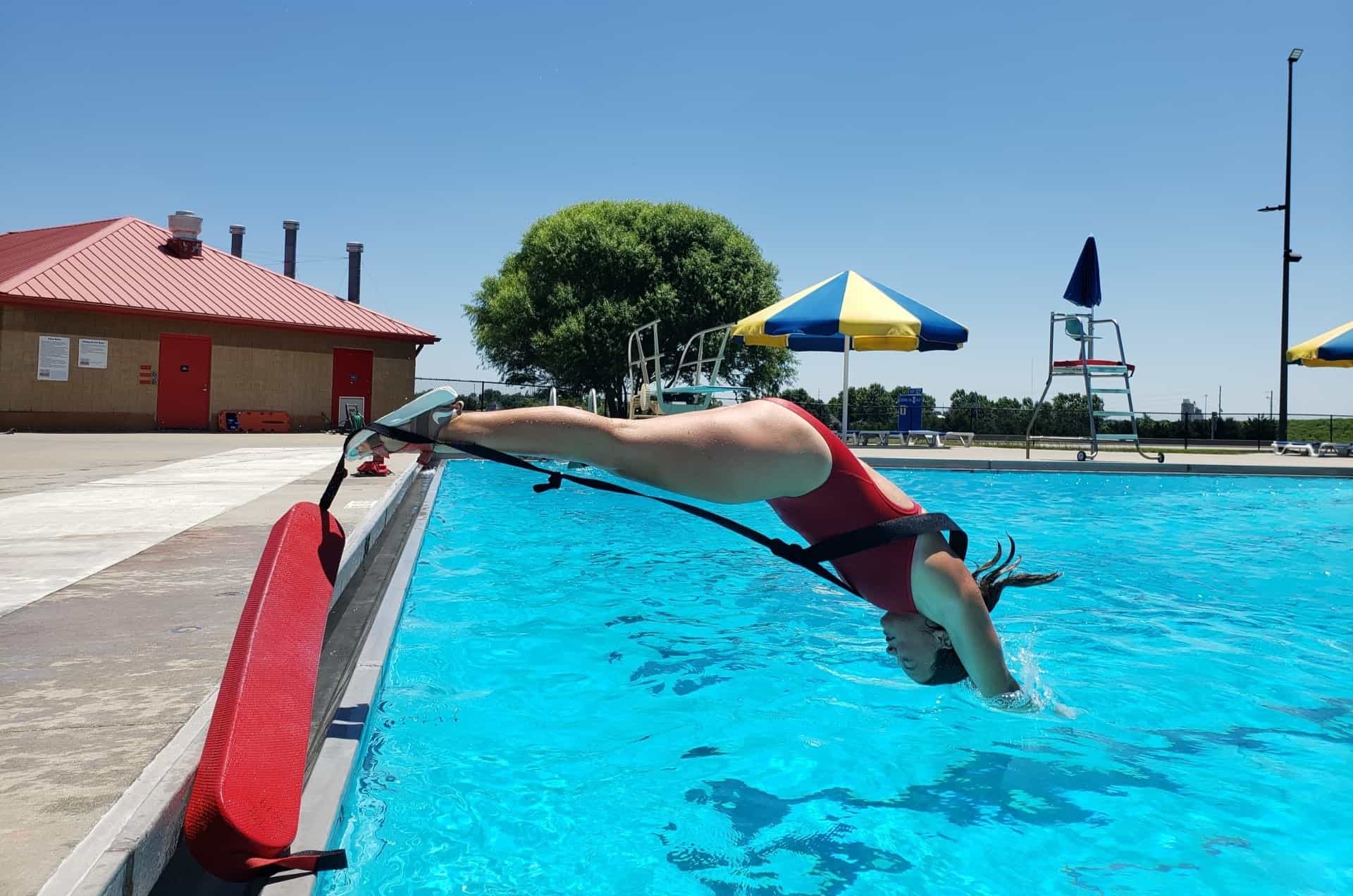
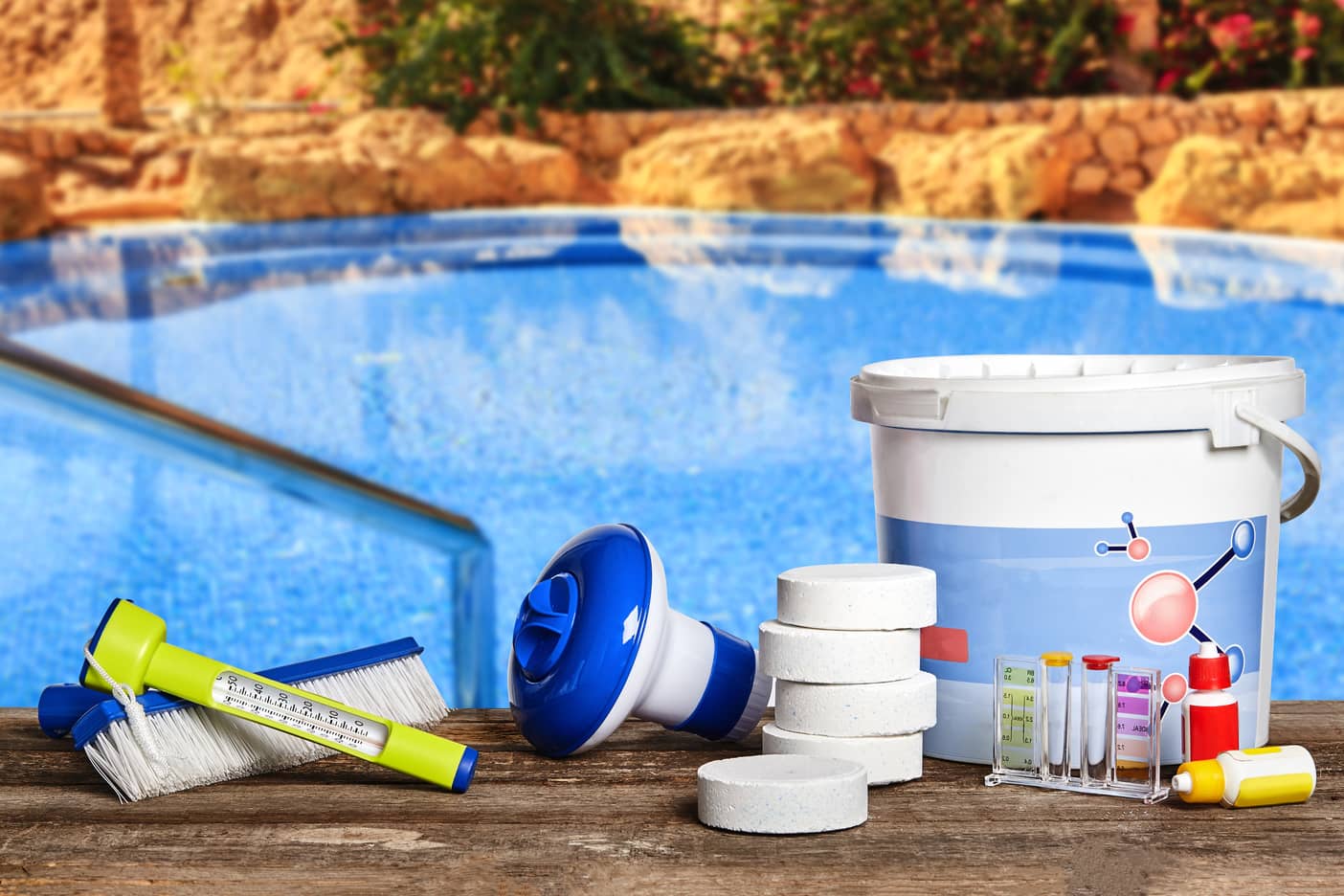
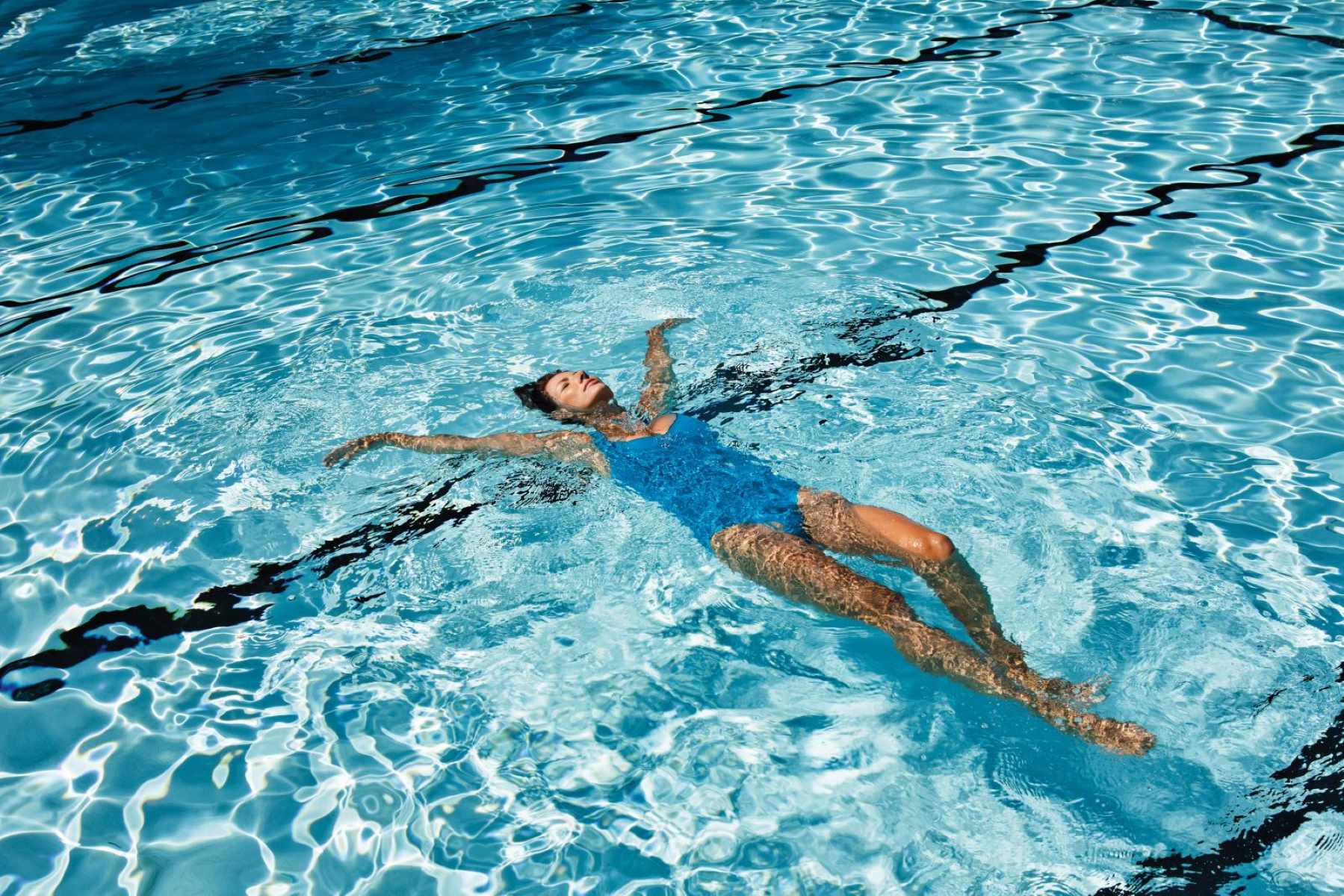
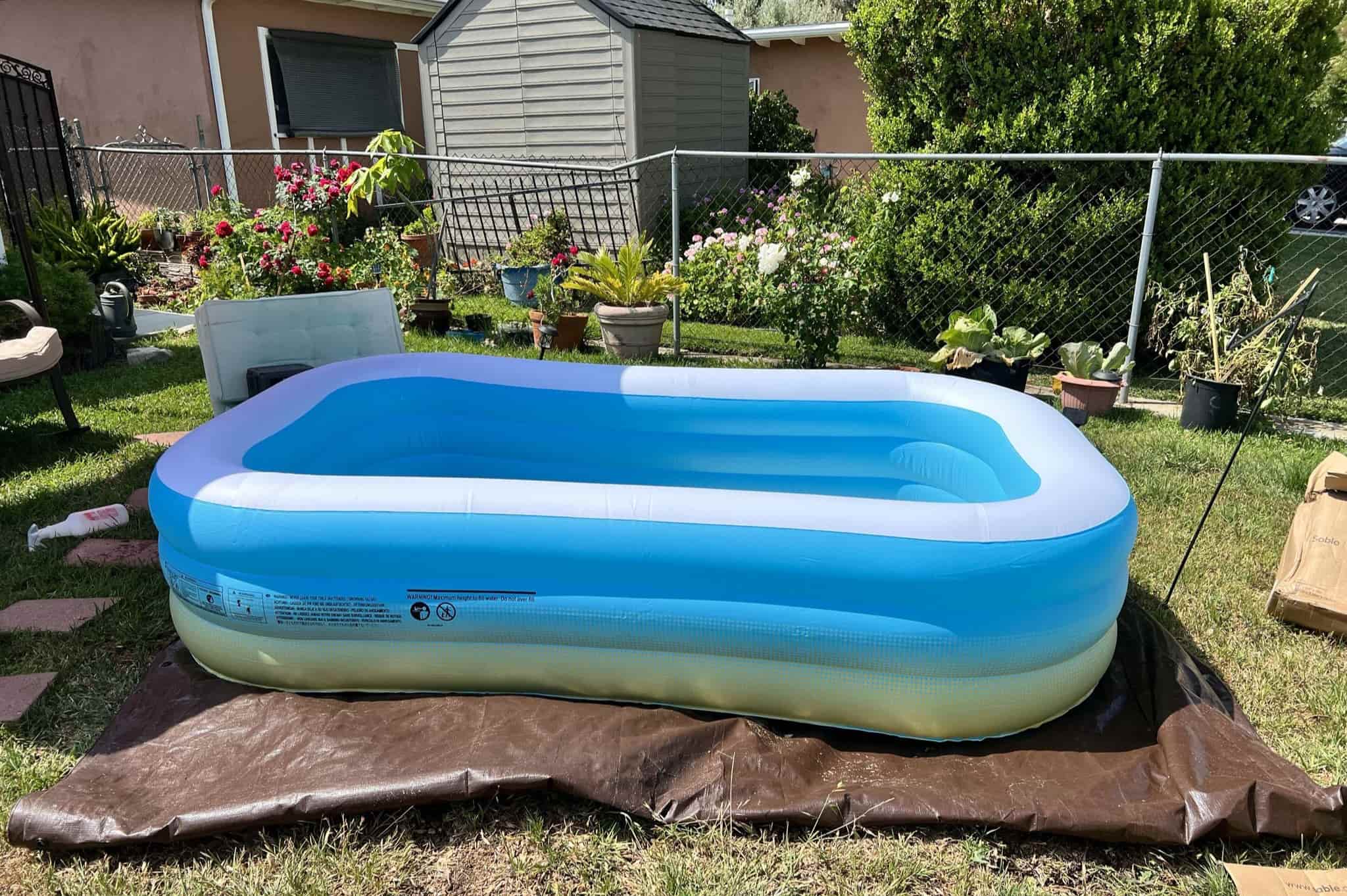

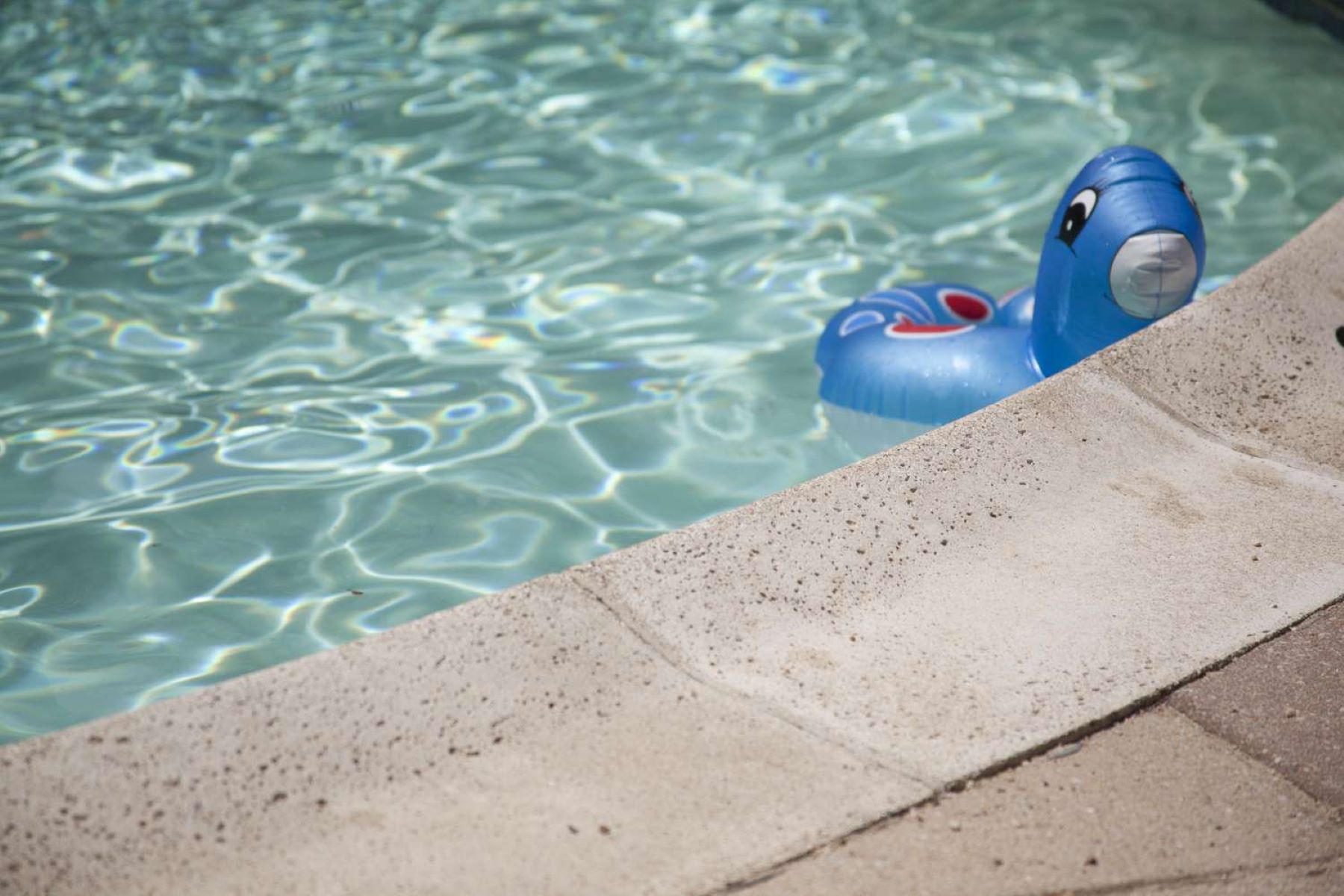
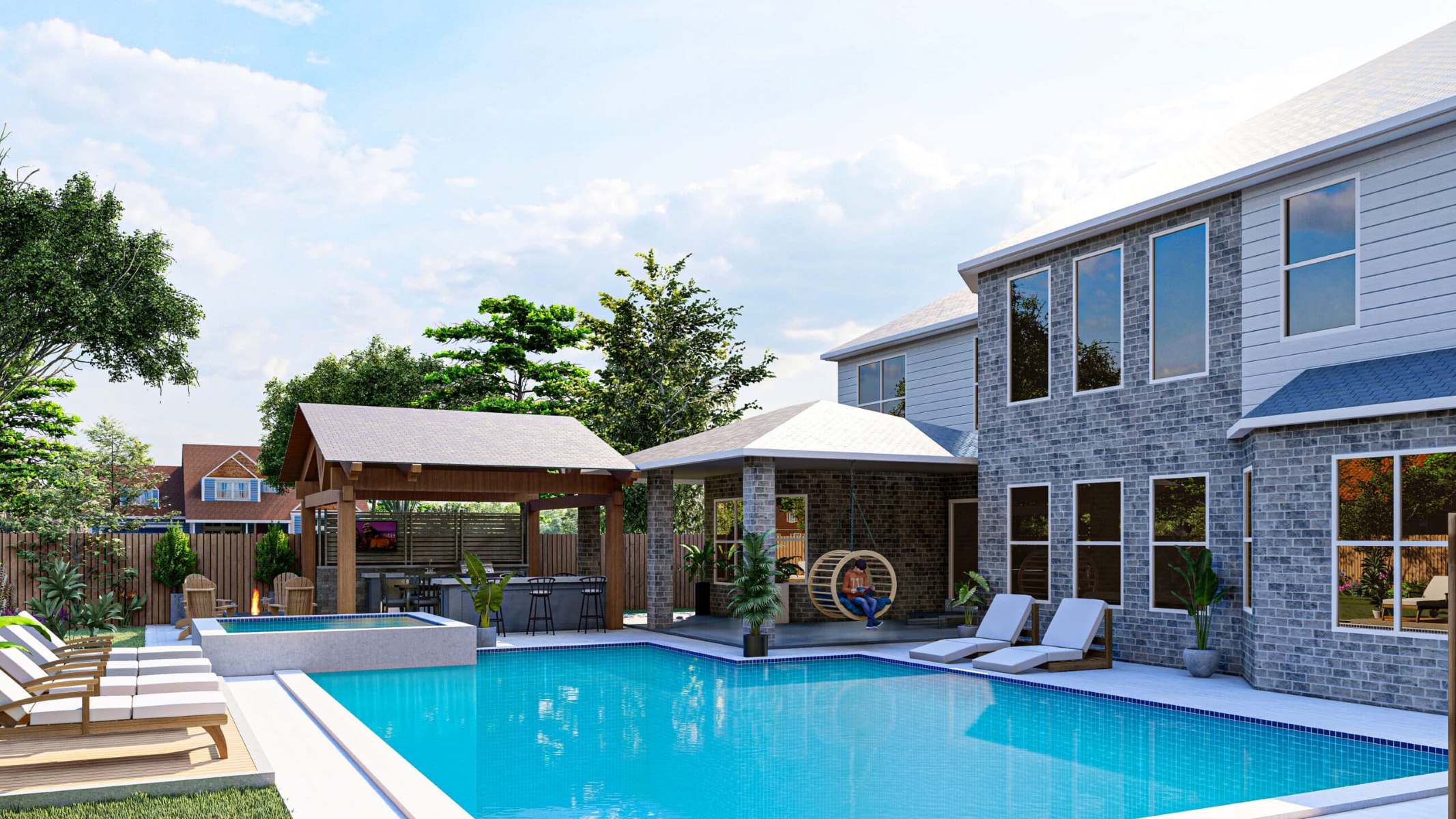
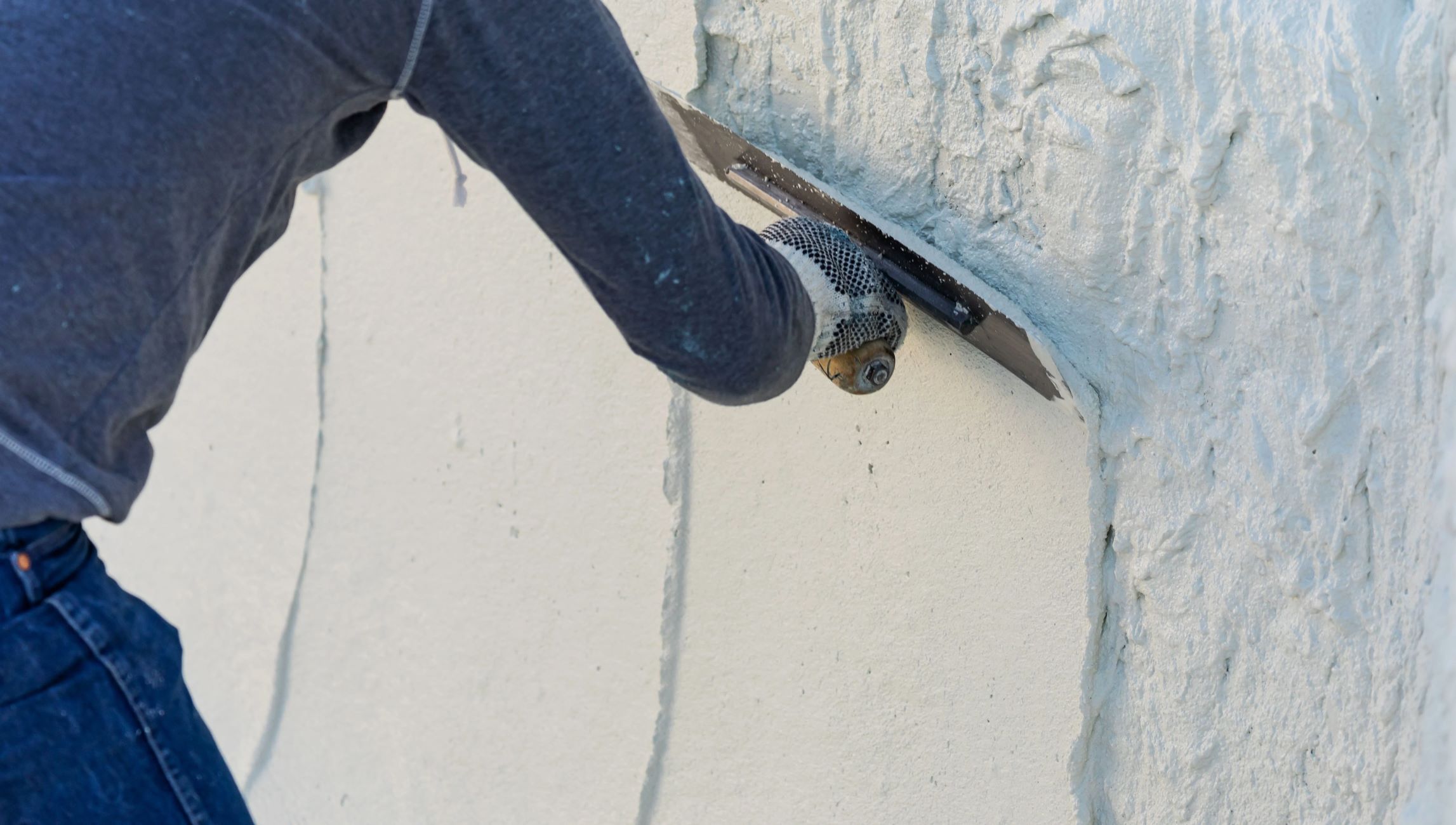
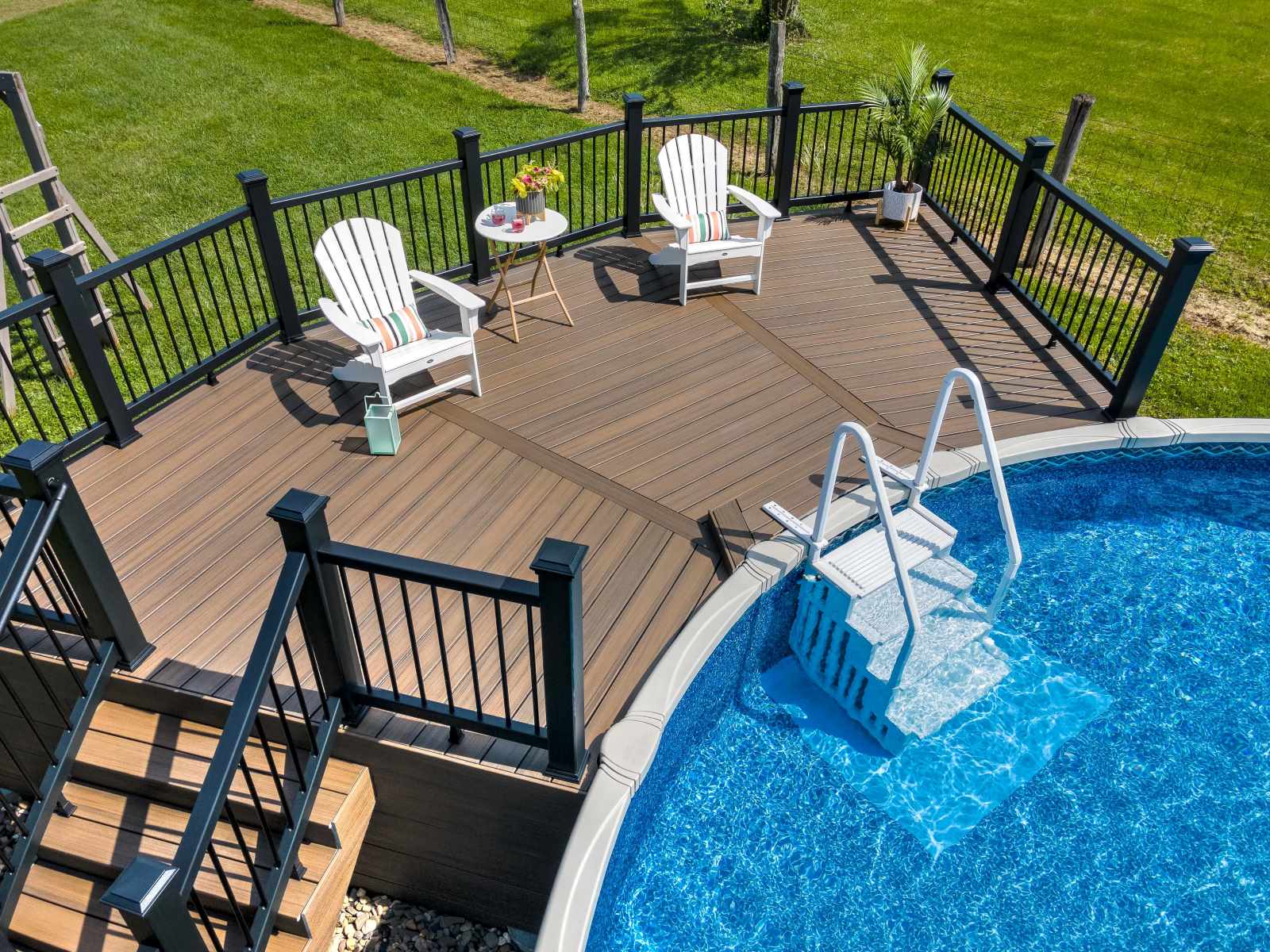

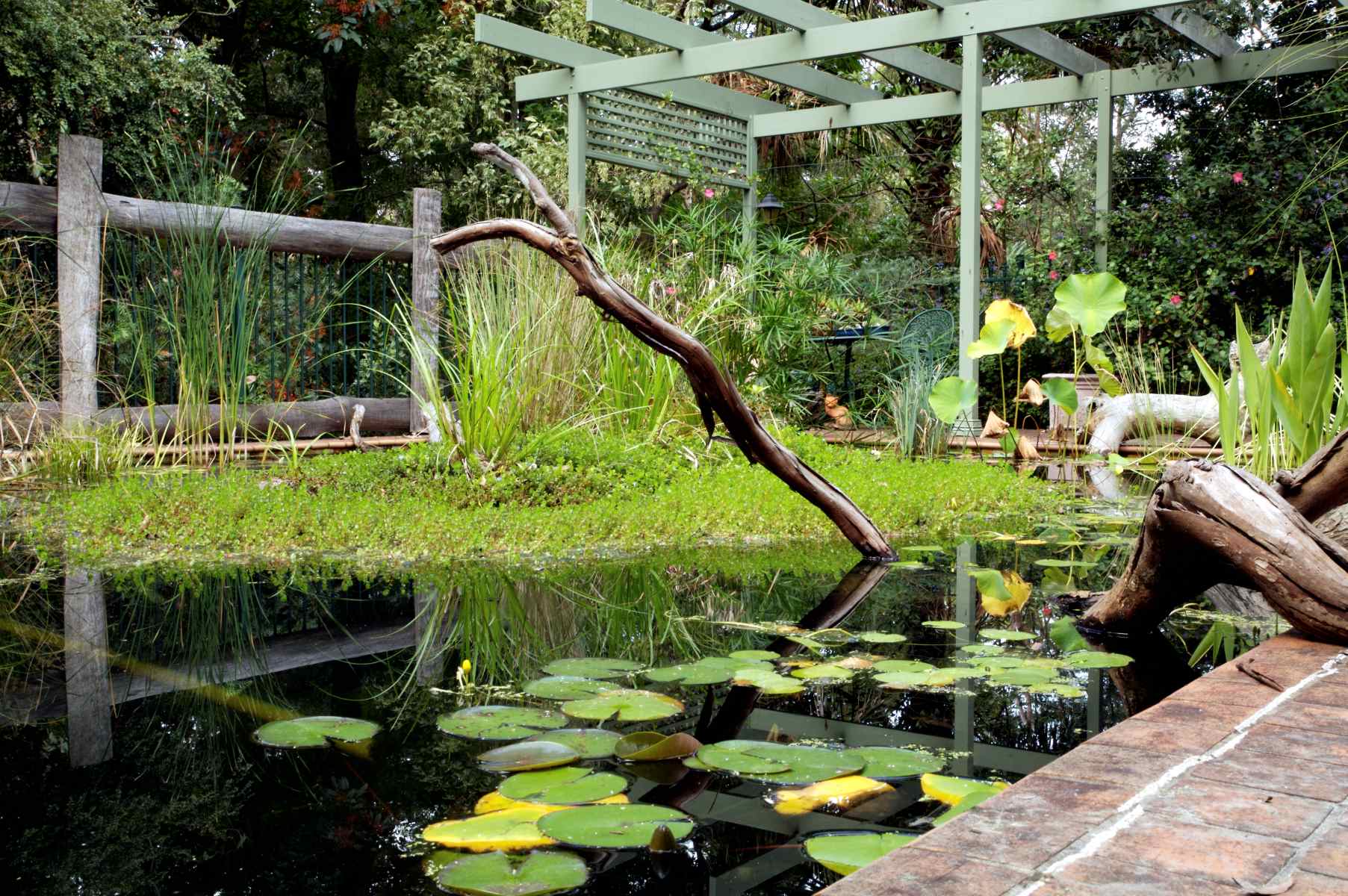

0 thoughts on “How To Draw A Swimming Pool”